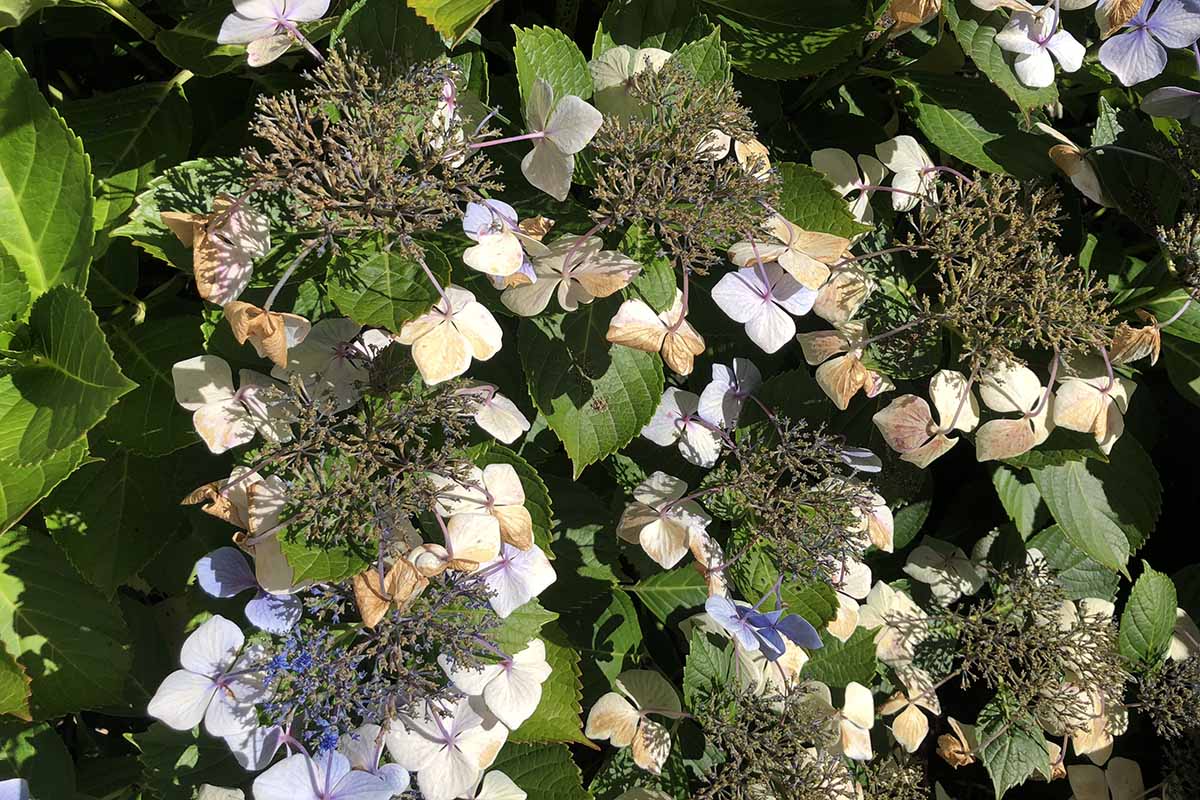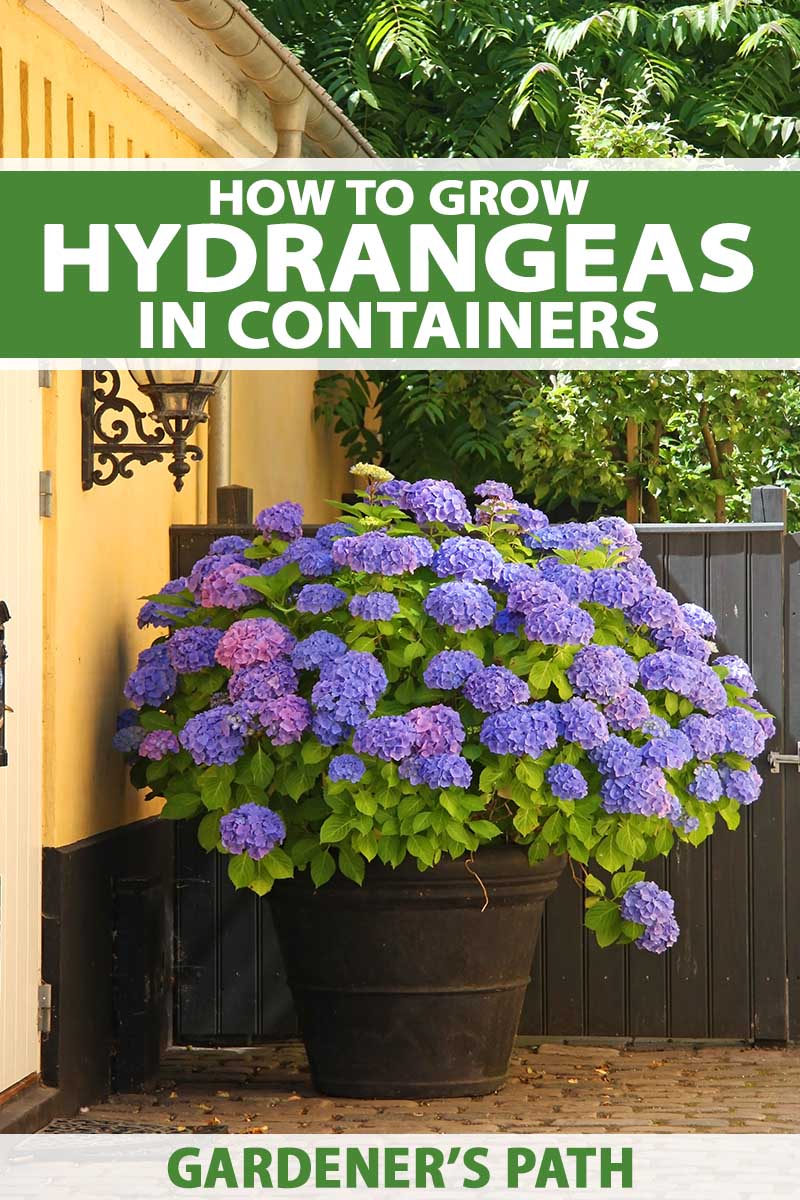Growing Hydrangeas From Seed: The Easy Way
Growing Hydrangeas From Seed: The Easy Way
Hydrangeas are beautiful flowering shrubs that can add a touch of elegance to any garden. They come in a variety of colors, from white to pink to blue, and can grow to be quite large. If you're looking to add some hydrangeas to your garden, you may be wondering if it's possible to grow them from seed.
The good news is, it is possible to grow hydrangeas from seed! In fact, it's a relatively easy process. With a little patience and care, you can have your own hydrangea plants in no time.
Here's a step-by-step guide on how to grow hydrangeas from seed:
- Collect the seeds. The best time to collect hydrangea seeds is in the fall, after the flowers have faded and died. To collect the seeds, simply remove the flower head from the plant and place it in a paper bag. Allow the flower head to dry completely, then shake it to release the seeds.
- Prepare the planting medium. Hydrangea seeds need a well-draining potting mix. You can purchase a commercial potting mix specifically for seed starting, or you can make your own by mixing equal parts peat moss, perlite, and vermiculite.
- Sow the seeds. Hydrangea seeds are very small, so you don't need to bury them deeply. Simply sprinkle them on the surface of the potting mix and press them down lightly.
- Water the seeds. Water the seeds thoroughly, then place the planting container in a warm, sunny spot.
- Germinate the seeds. Hydrangea seeds typically germinate in about two weeks. Once the seeds have germinated, you can move the planting container to a spot with indirect sunlight.
- Care for the seedlings. Once the seedlings have emerged, you'll need to water them regularly and fertilize them every few weeks. You'll also need to transplant them into larger pots as they grow.
- Plant the hydrangeas in the garden. Once the hydrangeas are about 6 inches tall, you can plant them in the garden. Choose a spot that gets full sun or partial shade and has well-drained soil.
With a little patience and care, you can grow beautiful hydrangeas from seed. So what are you waiting for? Get started today!
Here are some additional tips for growing hydrangeas from seed:
- If you live in a cold climate, you may want to start the seeds indoors about 6 weeks before the last frost date.
- Hydrangea seeds need a cold stratification period in order to germinate. This means that you need to chill the seeds for at least 4 weeks before planting them. You can do this by placing the seeds in a refrigerator or freezer.
- Once the seeds have germinated, you can thin the seedlings so that they are about 2 inches apart.
- Hydrangeas are susceptible to a variety of pests and diseases. Be sure to inspect your plants regularly and treat any problems promptly.
With a little care and attention, you can enjoy beautiful hydrangeas for many years to come.
Growing hydrangeas from seed can be a rewarding experience, but it's important to do your research first. There are a few different things you'll need to know in order to be successful, such as when to sow the seeds, what type of soil to use, and how to care for the seedlings.
If you're looking for a comprehensive guide to growing hydrangeas from seed, I recommend checking out . This website has everything you need to know, from germination tips to transplanting instructions.
The authors of are experienced gardeners who know a thing or two about hydrangeas. They've put together a clear and concise guide that's easy to follow, even for beginners.
In addition to their detailed instructions, also offers a wealth of other information about hydrangeas, such as different varieties, planting tips, and care instructions. Whether you're a beginner or a seasoned gardener, you're sure to find something useful on this website.
So if you're thinking about growing hydrangeas from seed, I encourage you to visit . You won't be disappointed.
FAQ of growing hydrangeas from seed
- What are the best conditions for growing hydrangeas from seed?
Hydrangeas need moist, well-drained soil that is rich in organic matter. They also prefer full sun or partial shade. The ideal pH for growing hydrangeas is between 5.5 and 6.5. If your soil is too alkaline, you can add sulfur to lower the pH. If your soil is too acidic, you can add lime to raise the pH.
- When is the best time to plant hydrangea seeds?
The best time to plant hydrangea seeds is in the spring, after the last frost. You can also plant hydrangea seeds in the fall, but they may not germinate until the following spring.
- How do I start hydrangea seeds indoors?
To start hydrangea seeds indoors, you will need a seed tray, potting soil, and a watering can. Fill the seed tray with potting soil and press the hydrangea seeds into the soil. Cover the seeds with a thin layer of soil and water them lightly. Place the seed tray in a warm spot out of direct sunlight. The seeds should germinate in about 2-4 weeks.
- How do I transplant hydrangea seedlings outdoors?
Once the hydrangea seedlings have grown their first set of true leaves, you can transplant them outdoors. Choose a spot in your garden that receives full sun or partial shade. The soil should be moist, well-drained, and rich in organic matter. Dig a hole that is twice as wide and deep as the root ball of the seedling. Place the seedling in the hole and backfill with soil. Water the seedling well.
- How do I care for hydrangeas?
Hydrangeas need regular watering, especially during hot, dry weather. They also benefit from a monthly application of fertilizer. In the fall, you can add a layer of mulch around the base of the hydrangea to help protect the roots from the cold.
Image of growing hydrangeas from seed
- Hydrangea seeds in a seed tray. The seeds are small and black, and they are being planted in a flat of moist potting soil.

- A hydrangea seedling emerging from the soil. The seedling is small and delicate, with two small leaves.

- A young hydrangea plant in a pot. The plant has several leaves and is starting to grow new shoots.

- A mature hydrangea plant in full bloom. The plant is covered in large, colorful flowers.
- A close-up of a hydrangea flower. The flower is white with a pink center.

Post a Comment for "Growing Hydrangeas From Seed: The Easy Way"